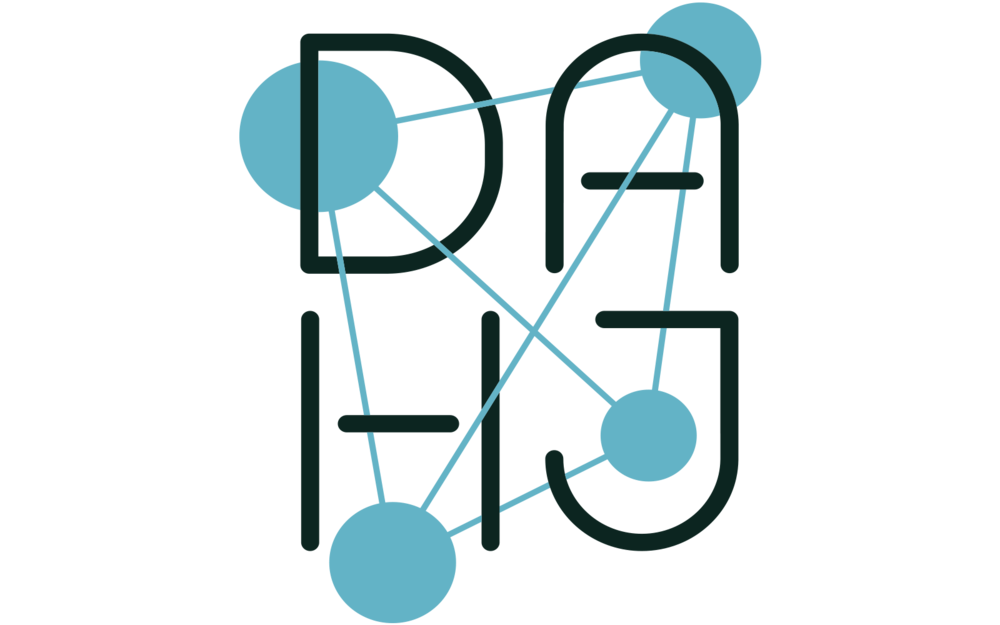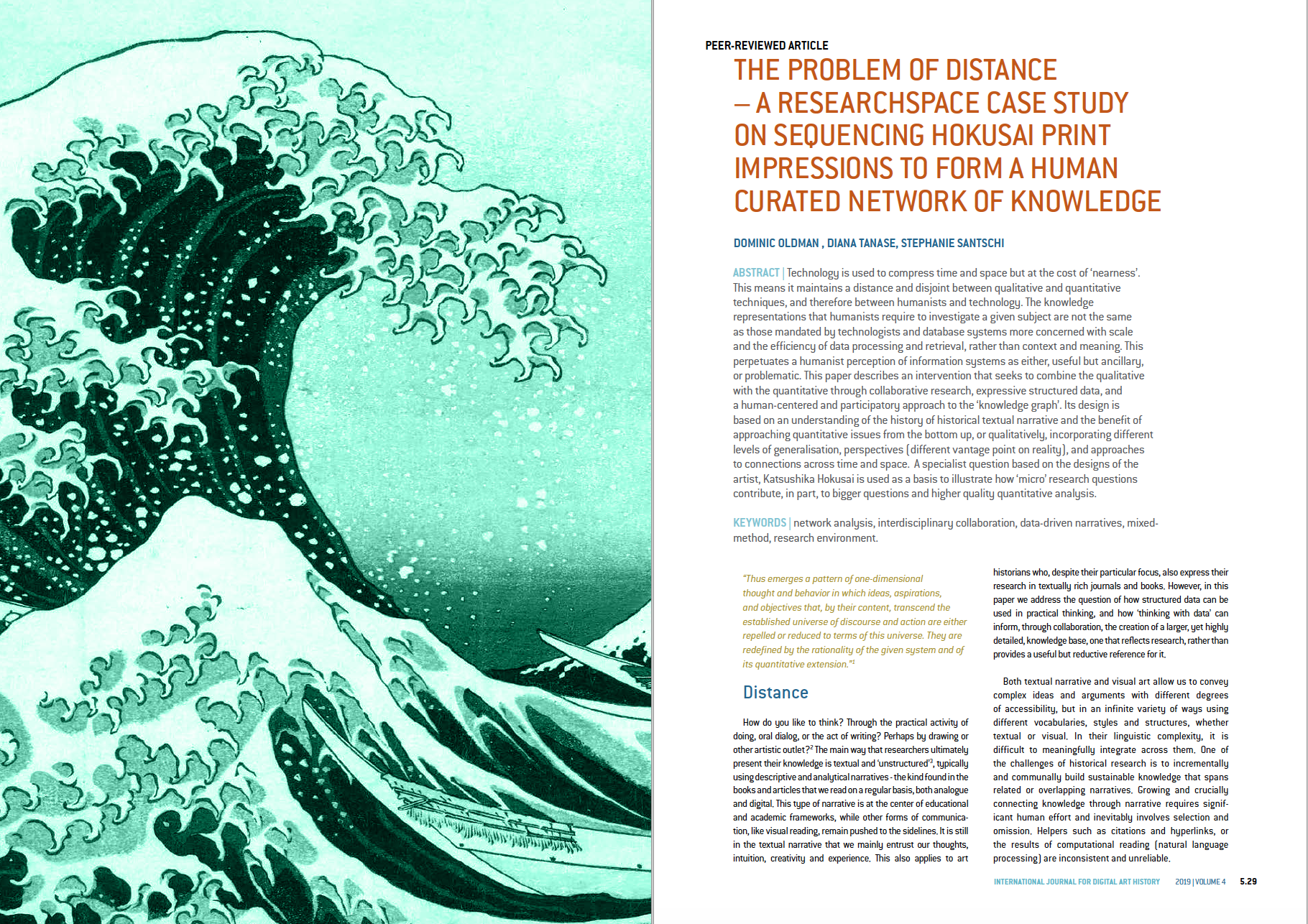Abstract
Technology is used to compress time and space but at the cost of ‘nearness’. This means it maintains a distance and disjoint between qualitative and quantitative techniques, and therefore between humanists and technology. The knowledge representations that humanists require to investigate a given subject are not the same as those mandated by technologists and database systems more concerned with scale and the efficiency of data processing and retrieval, rather than context and meaning. This perpetuates a humanist perception of information systems as either, useful but ancillary, or problematic. This paper describes an intervention that seeks to combine the qualitative with the quantitative through collaborative research, expressive structured data, and a human-centered and participatory approach to the ‘knowledge graph’. Its design is based on an understanding of the history of historical textual narrative and the benefit of approaching quantitative issues from the bottom up, or qualitatively, incorporating different levels of generalisation, perspectives (different vantage point on reality), and approaches to connections across time and space. A specialist question based on the designs of the artist, Katsushika Hokusai is used as a basis to illustrate how ‘micro’ research questions contribute, in part, to bigger questions and higher quality quantitative analysis.
DOI: https://doi.org/10.11588/dah.2019.4.72071
Authors
Dominic Oldman
is Head and Principal Investigator of the ResearchSpace project at the British Museum, and a Senior Curator in the Department of Ancient Egypt and Sudan. He is an interdisciplinary researcher with considerable experience in humanities information and computer systems and produced the Museum’s first collection online system and Semantic data interface. He has researched and developed Semantic Web applications and their underlying theoretical frameworks for the last 10 years. He was co-investigator for the AHRC-funded research project ‘Late Hokusai: Thought, Technique, Society’ at the British Museum and SOAS|University of London between 2016-2019. He was co-deputy chair of the CIDOC CRM Special Interest Group and is currently a DPhil student at the University of Oxford, History Department.
Diana Tanase
is a computer scientist and a Senior Curator at the British Museum, and co-Investigator, working on the development of the ResearchSpace platform. Her research expertise is situated in the domain of artificial intelligence in particular knowledge representation of expert domains. She has previously taught at the School of Design, Royal College of Art (2005-2017) and University of Westminster (2004-2012) running workshops and courses that ranged from mathematics fundamentals, programming, to Social and Semantic Web languages and technologies. Some of her other projects include development work on the The Webby Award winner Computational Science Education Reference Desk and a number of web-based collaborative tools for teaching.
Stephanie Santschi
worked as Technical Research Assistant for the AHRC-funded research project ‘Late Hokusai: Thought, Technique, Society’ at the British Museum and SOAS|University of London between 2016-2019. Currently enrolled as Ph.D. candidate in East Asian Art History at the University of Zurich, and as Nippon Foundation Fellow at the Stanford Inter-University Center in Yokohama, their research focus lies on the tradition and reality of knowledge transmission, particularly in early modern Japan.

